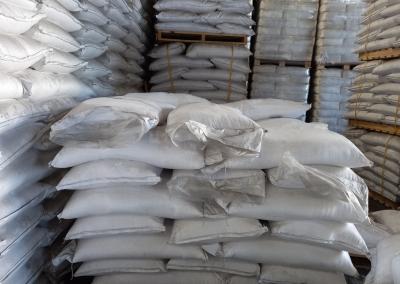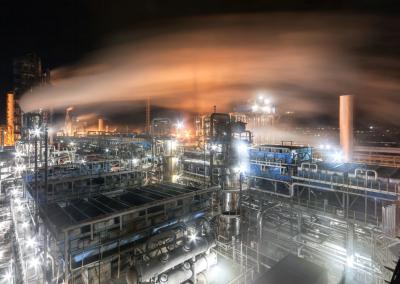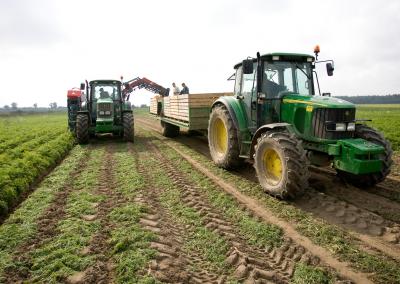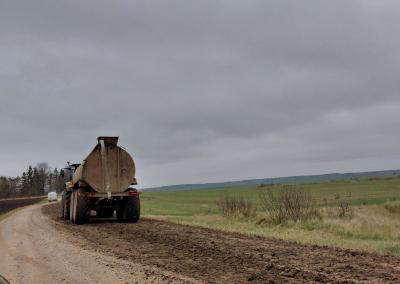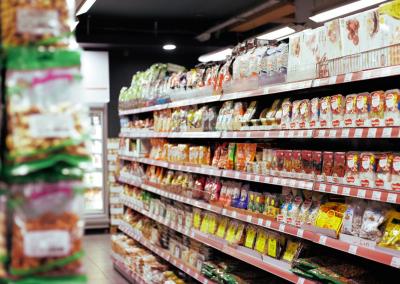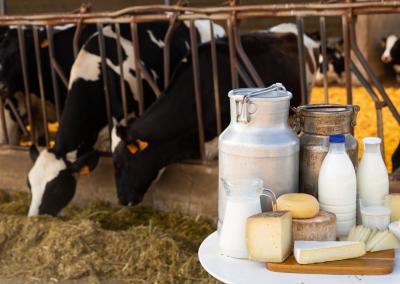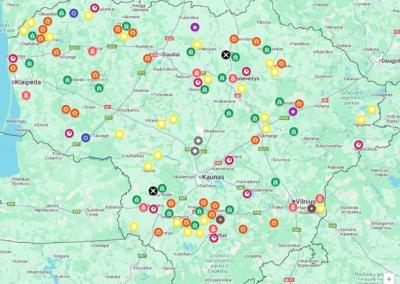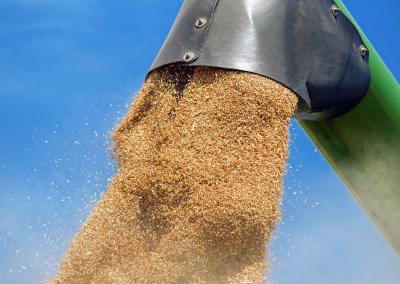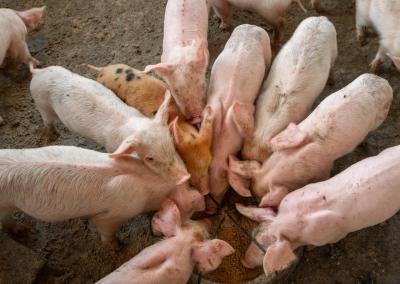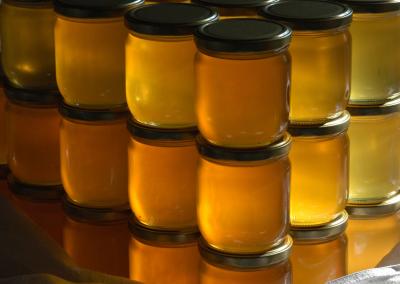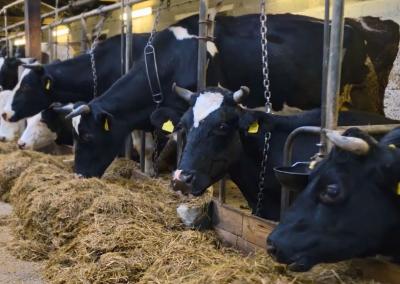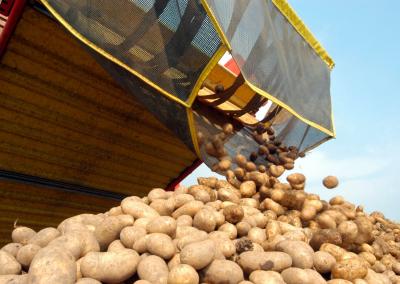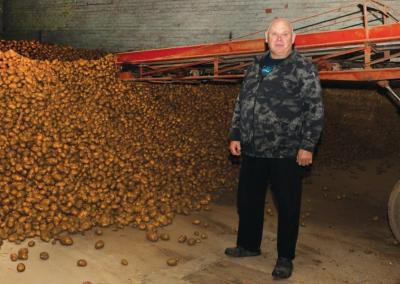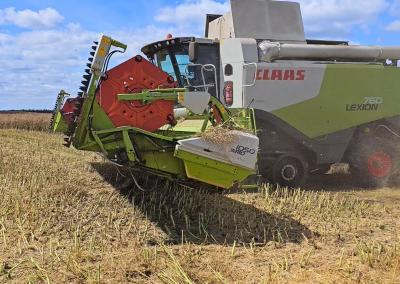Confusion on world markets leads Lithuanian farmers to important conclusions
The international trading system has not seen such chaos for a long time. The so-called tariff wars are having a very negative impact on the world economy and could eventually have a negative impact on the grain markets. What does this turmoil mean for our farmers and what should they be thinking about?
History repeats itself?
The biggest confrontation at the moment is between Washington and Beijing. The world saw something similar in the summer of 2018, when, during his first term in office, US President Donald Trump imposed 25% tariffs on China on certain goods. At that time, China was quite dependent on trade with the US. Around a fifth of China's total exports were directed specifically to America. Agricultural raw materials trade was also adversely affected. As Chinese purchases of soybeans and corn from the US fell, so did prices, and agricultural trade was at record lows. The trade war lasted for about a year and a half, culminating in an agreement by which China committed to buy more agricultural products from the US. As tensions eased, both trade and agricultural commodity prices returned to their previous levels. Eventually, however, the Chinese reneged on their contractual commitments. The situation in 2025 is somewhat different. First of all, the trade policy of the new US administration is highly chaotic and highly contradictory. The overall level of tariffs imposed by the US is significantly higher (25%), the last time tariffs of this magnitude were imposed before World War II. China, meanwhile, is more independent and better prepared to continue this confrontation. All of this could last longer and have extremely negative consequences for the world economy. The US has lost ground in grain markets The US is a significant player in global trade in commodities, especially energy resources. However, the US position in agricultural trade has weakened significantly in recent years. In the global maize and soybean markets, the US share is being taken over by Brazil and Argentina, from which China is buying more and more, and the wheat market is increasingly influenced by the situation in the Russian grain market. The US has to make do with lower sales, mainly to neighbouring countries such as Mexico or Asian countries such as Japan, the Philippines and South Korea. These trading partners are more dependent on the supply of agricultural raw materials from the US and are therefore unlikely to escalate the current situation. If they were to impose tariffs on US products, they would simply be forced to buy at a higher price. Therefore, the direct impact of duties on US grain trade is not significant. Challenges for major wheat buyers Agricultural commodity trade could be particularly negatively affected by the deteriorating global economy. Decisions by the new US administration have dashed hopes that inflation can be contained and that the global growth cycle can be extended as a result of interest rate cuts. History shows that when the world economy slows down, it is the developing countries that suffer the most. They are the main buyers of agricultural produce. The most important trade routes for agricultural commodities are from the Northern Hemisphere to Africa or Asia, where most of humanity lives. The high inflation experienced in recent years by Turkey, Egypt and other major grain buyers has had a major impact on their economies and on the daily lives of their people. For example, the biggest buyer of wheat Egypt's purchasing power has shrunk considerably due to high inflation (30%) and the depreciation of the local currency against the US dollar. The Egyptian government faces a difficult challenge to maintain stable wheat purchases in export markets. In the face of a worsening economic situation, Cairo had to cut subsidies to the bread industry last year, thereby raising the price of its own production. Among the government's plans for the country is a move to regulate bread recipes by reducing the proportion of relatively more expensive wheat flour in favour of cheaper maize or sorghum flour. In other words, the government is controlling the bread that Egyptians eat in times of hardship. Developments in the currency markets are also affecting Europe, one of the main exporters of agricultural products. The panic in the financial markets and the lack of confidence in the US economy have led to a strong depreciation of the dollar. With most of the world's trade in raw materials taking place in US dollars, the cheapening of this currency has given an advantage to competitors such as Russia and, to some extent, Latin American countries. How to avoid missing the time to fix prices? New harvest forecasts The pressure on agricultural prices is likely to continue, forcing more and more people to look at weather forecasts. With no major weather challenges in sight so far, early forecasts suggest that the European wheat harvest could be 14 million tonnes higher than last year. Similar trends can be expected in the Black Sea region and Russia. However, experience shows that the end of spring or the beginning of summer is a very sensitive period and any speculation about actual or perceived weather problems can lead to serious price fluctuations on the commodity markets. For example, last year in Russia there was a lack of rainfall in the spring and it was predicted that the wheat harvest could be around a third lower. Following these forecasts, the price of wheat on the exchange rose unceremoniously to €270 per tonne, before returning to closer to its historical level of around €210. All this just goes to show how important it is for Lithuanian farmers to keep a close eye on the market situation at the moment, and to at least partially fix prices for the next harvest. It is probably worth doing this more than once to manage the risk of price volatility. Cereal market expert Marius Balsys. ![]()

